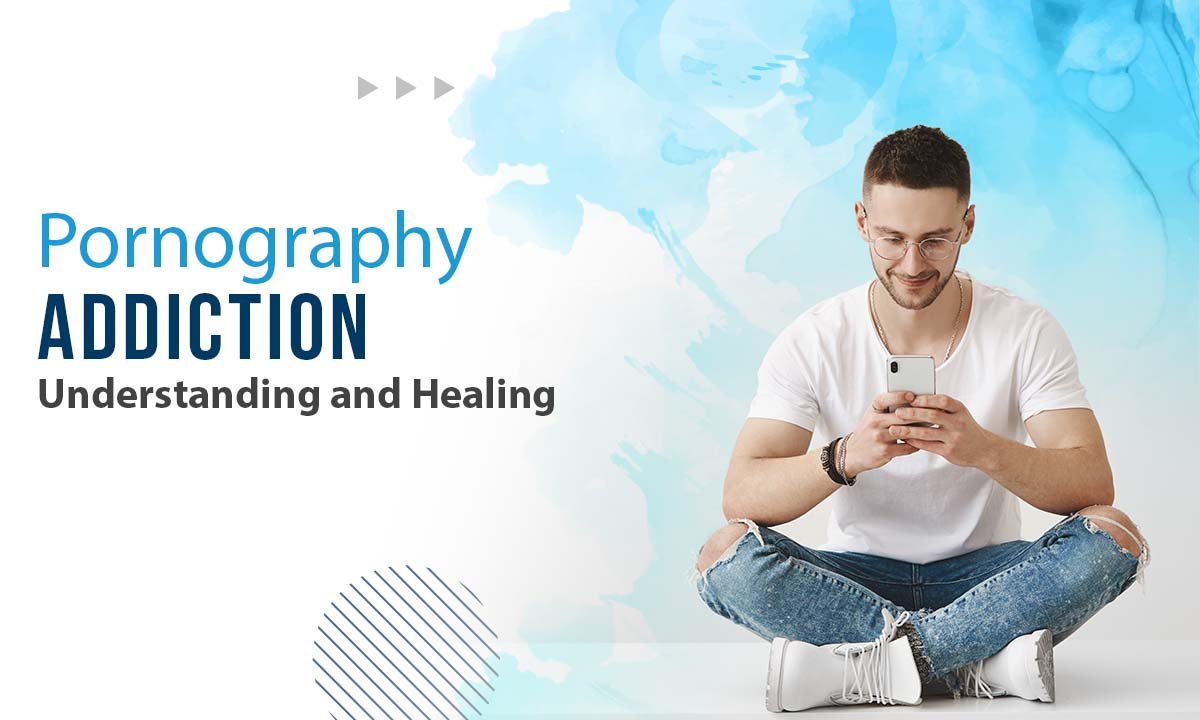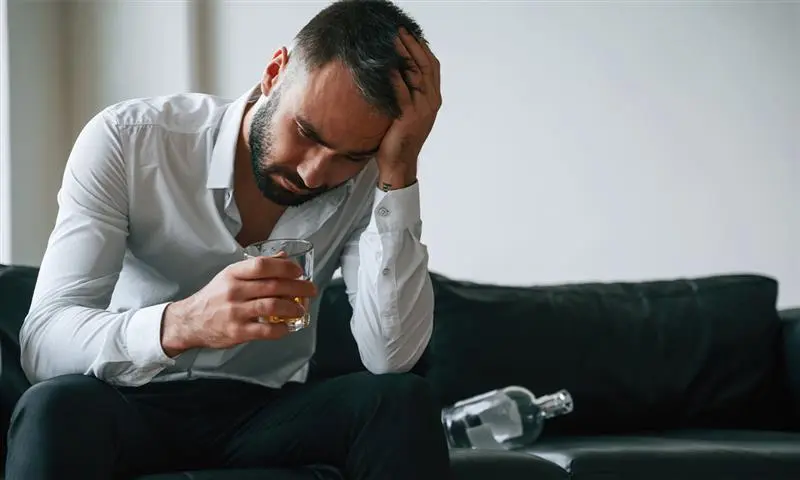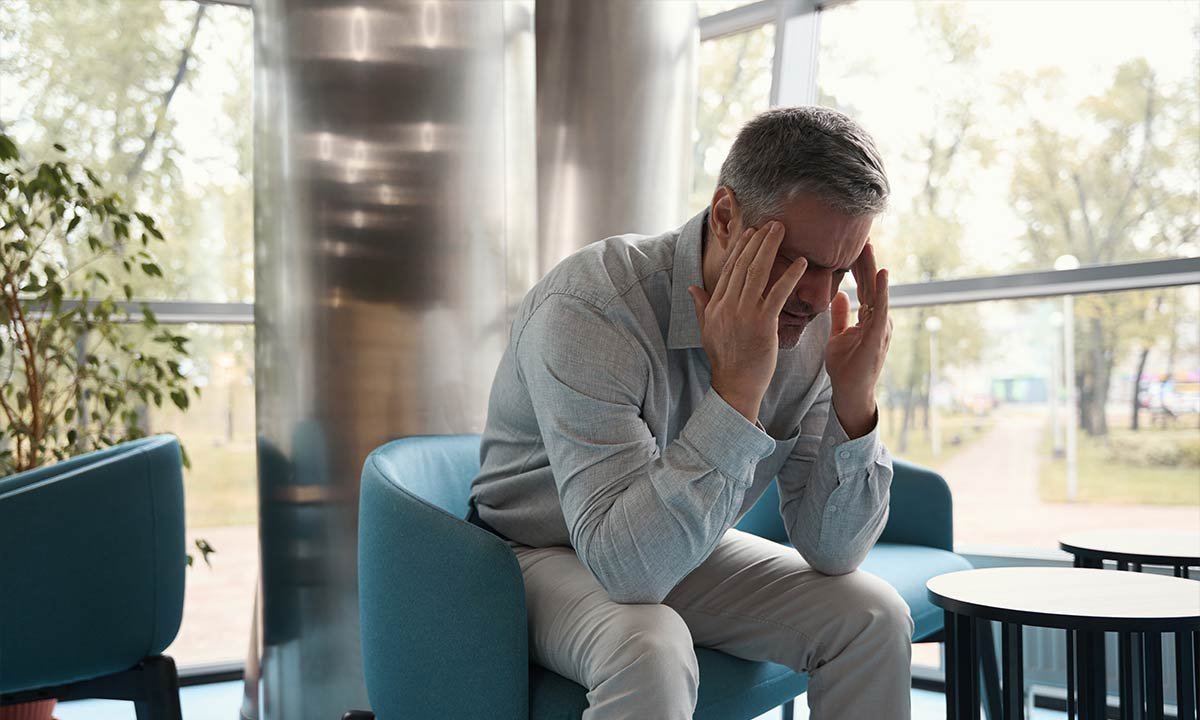
Pornography addiction is a growing issue impacting millions globally, including in India. While it may start as occasional viewing, for many, it develops into a compulsive behavior that negatively affects mental health, relationships, and overall quality of life. Understanding pornography addiction, its causes, symptoms, and available solutions can help individuals take steps towards recovery. This article explores everything you need to know about pornography addiction recovery and how to overcome it.
5 Pornography Addiction Signs You Should Know
Pornography addiction doesn’t always manifest immediately, but there are common indicators that someone is struggling with it. If you or someone close to you is experiencing these signs, it’s important to seek help. Key symptoms include:
Compulsive Viewing
The inability to control or limit consumption of pornography, even when it disrupts daily life.
Neglecting Responsibilities
Prioritizing pornography over important responsibilities, including work, relationships, or self-care.
Escalating Consumption
Watching more extreme forms of pornography to achieve the same satisfaction.
Emotional Distress
Experiencing feelings of guilt, shame, or frustration while continuing to view pornography.
Loss of Interest in Real-Life Intimacy
Preferring pornography over intimate relationships, leading to emotional distance with partners.
If you notice these symptoms in yourself or someone you care about, it’s essential to explore treatment options for pornography addiction.
4 Major Root Causes of Pornography Addiction
Understanding the causes of pornography addiction is crucial to developing an effective recovery plan. Several factors contribute to its development:
1. Easy Access and Accessibility
The internet has made pornography incredibly accessible at any time, on nearly any device. This makes it easier for individuals to consume content without the usual barriers, leading to the development of compulsive viewing habits.
2. Emotional and Psychological Triggers
For many individuals, pornography addiction is often linked to underlying emotional distress, such as loneliness, anxiety, depression, or unresolved trauma. Pornography offers temporary relief or escape, which ultimately leads to dependency.
3. Relationship and Sexual Issues
Unmet emotional or sexual needs in a relationship can encourage the use of pornography. Over time, it becomes a substitute for real intimacy, making it difficult to connect emotionally or sexually with a partner.
4. Personal History and Past Trauma
Individuals with a history of sexual trauma or abuse may use pornography to reassert control over their sexual experiences, despite it further complicating their understanding of intimacy.
Effective Treatment Options for Pornography Addiction
Recovery from pornography addiction involves a combination of addressing the root causes, changing harmful behaviors, and seeking professional treatment. Below are some effective treatment options:
Address Underlying Issues
Before tackling addiction, it’s crucial to address any underlying emotional, psychological, or relationship issues. This can include exploring past trauma, unresolved feelings of guilt or shame, and working on emotional regulation.
Support Groups for Addiction Recovery
Joining a support group is highly beneficial for those in pornography addiction recovery. Support groups provide a community of individuals facing similar challenges, offering a sense of solidarity and encouragement. Many addiction centers in India offer support groups that foster a non-judgmental space for recovery.
Psychotherapy for Behavioral Change
Psychotherapy, particularly Cognitive Behavioral Therapy (CBT), can be highly effective in treating pornography addiction. CBT helps individuals identify and change negative thought patterns and behaviors associated with addiction.
Making Lifestyle Changes
Reducing exposure to pornography by setting clear boundaries with internet use, engaging in healthier activities, and creating new daily routines is key to overcoming addiction.
Relationship Counseling
If pornography addiction has strained relationships, relationship counseling can help rebuild trust, improve communication, and restore intimacy.
Seeking Medical Help
In some cases, medication may be prescribed to help manage underlying issues like anxiety or depression that contribute to the addiction. It’s important to seek a tailored treatment plan from a healthcare provider.
How to Overcome Pornography Addiction: A Step-by-Step Guide
Recovery from pornography addiction is not a quick fix but a gradual process. Here are some actionable steps to take toward overcoming addiction:
Admit and Acknowledge the Problem
The first step to recovery is acknowledging that there is a problem. This requires honesty with oneself and the courage to admit that pornography addiction is affecting one’s life.
Set Clear Goals
Establish specific, achievable goals for reducing or eliminating pornography use. Having a clear roadmap can make the process more manageable.
Limit Exposure
Establishing strict boundaries around internet usage is crucial. Use tools like screen time restrictions or blocking software to limit access to pornography.
Engage in Positive Distractions
Fill the time previously spent on pornography with productive and fulfilling activities. Exercise, hobbies, and spending time with friends or family can be excellent alternatives.
Practice Mindfulness and Stress Relief
Stress can be a major trigger for pornography addiction, so engaging in relaxation techniques like meditation, yoga, and mindfulness can help reduce urges and anxiety.
Why Seeking Professional Help Is Crucial
Seeking professional help is often the most effective way to recover from pornography addiction. Trained therapists, addiction counselors, and medical professionals can guide individuals through the recovery process. Therapy options like CBT and ACT have proven to be effective in addressing the behavioral and emotional aspects of addiction.
Conclusion: Overcoming Pornography Addiction
Recovery from pornography addiction is a challenging yet achievable journey. With the right support, therapy, and lifestyle changes, individuals can regain control over their lives. Recovery isn’t just about eliminating pornography—it’s about addressing underlying emotional issues, rebuilding relationships, and creating healthier coping mechanisms. Whether through therapy, support groups, or lifestyle changes, taking the first step towards acknowledging the problem is crucial.
At Athena BHS, we provide expert guidance and personalized care to help you break free from pornography addiction and rebuild a healthy, fulfilling life. Reach out to us today for support on your journey to recovery.





